The relation of America’s national parks and wildfires is complicated: bigger climatic and changing weather develops frequent and extreme fire cases. U.S.* national parks, though devised to be protectors of natural wonders, turned into living labs about how to deal with fire – a natural disaster and adaptation agent of an ecosystem.
From the towering sequoias of California to the diverse landscapes of Alaska, these parks paint a vivid tale of resiliency, loss, and transformation in the growing trend of burning seasons.
Yellowstone National Park, Wyoming
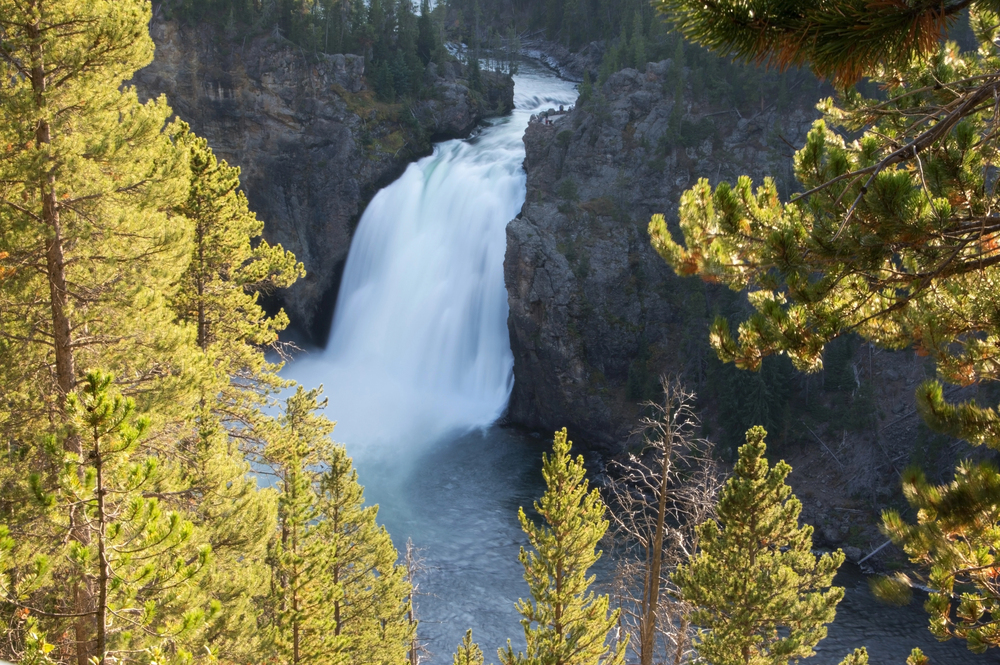
The fires that raked through Yellowstone in 1988 fundamentally shifted the paradigm of our understanding of wildfires as a driver of forest ecosystems. These fires burned approximately 793,880 acres, or 36% of the park, and left behind a mosaic of burned and unburned areas that scientists continue to study today.
That remarkable recovery has shown the resilience of nature and taught some valuable lessons about fire management. Visitors today can still see evidence of these historic fires, while new growth showcases the forest’s ability to regenerate and thrive.
Yosemite National Park, California
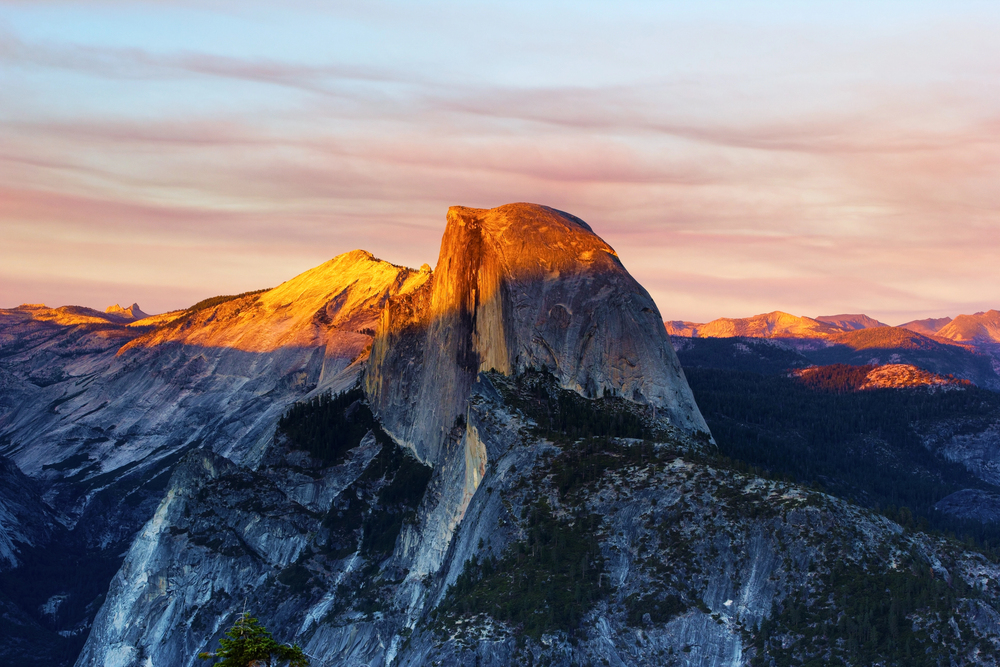
Yosemite has lived with fire for centuries, but the 2013 Rim Fire and 2018 Ferguson Fire have brought new challenges. The giant sequoias of the park actually rely on fire for reproduction, yet are facing unprecedented high-intensity blazes.
Today, park managers complement natural fire with prescribed burns, a practice that safeguards iconic trees, surrounding communities, and ecological balance.
Like Travel Pug’s content? Follow us on MSN.
Sequoia and Kings Canyon National Parks, California
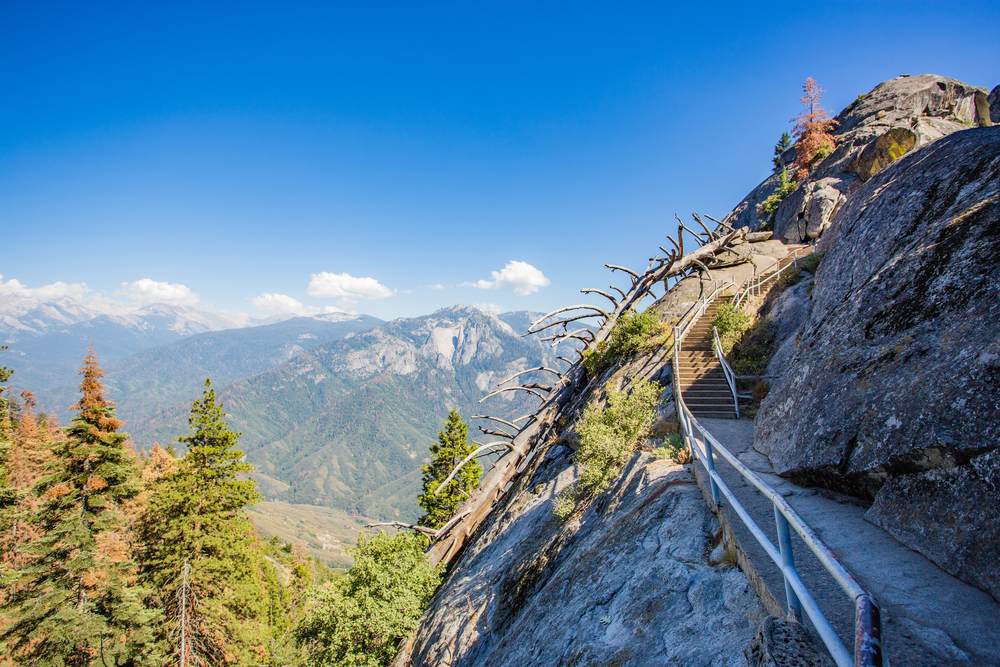
These sister parks have lost thousands of their stands of ancient sequoias in recent devastating events, including the 2020-2021 Castle Fire, which killed up to 10,600 large sequoias. Park officials instituted creative protection measures, including wrapping some of the most iconic trees in fire-resistant material during extreme fire events.
The parks now provide key research sites into how these ancient giants might survive in a warmer, more fire-prone future.
Mesa Verde National Park, Colorado
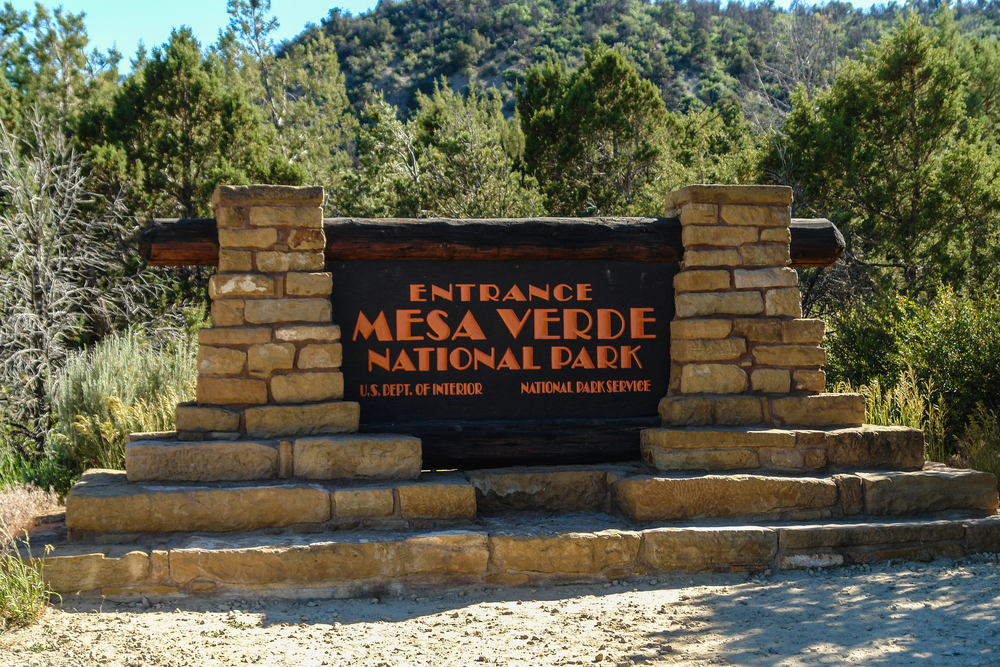
Fire has ravaged ancient cliff dwellings in Mesa Verde, most recently in the significant Long Mesa Fire of 2002. These recurring fires have led to the discovery of new archaeological sites and, at the same time, threatened others, creating a multi-faceted challenge for managers working to protect the natural and cultural resources of the park.
Today, managers work to protect prehistoric structures while allowing natural fire to return health to the landscape.
Glacier National Park, Montana
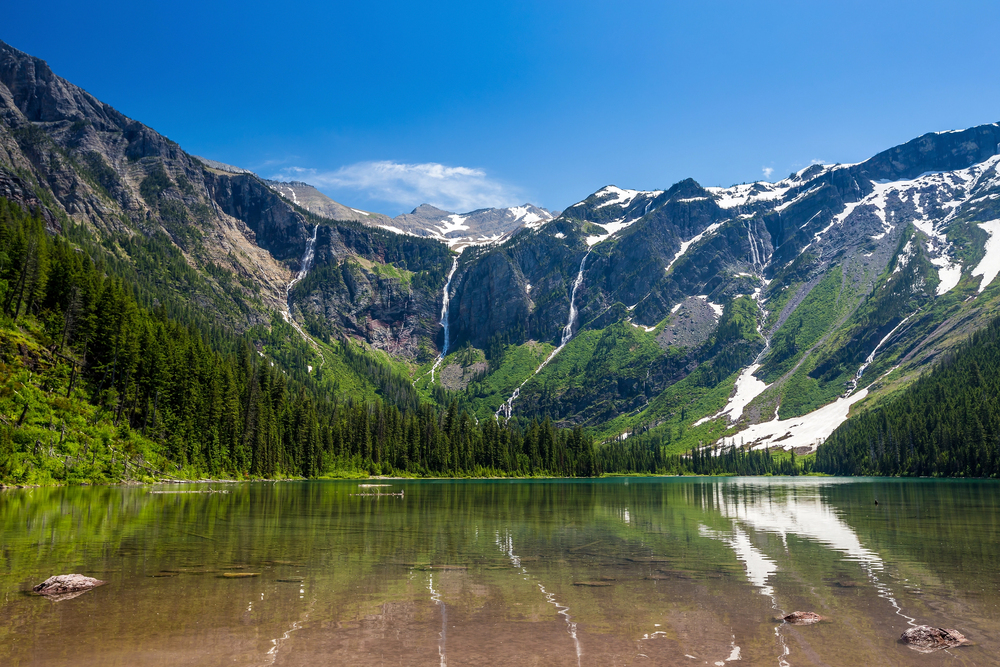
Climate change has altered fire patterns in Glacier National Park, and the 2003 fires burned almost 136,000 acres. These events have transformed large swaths of forest and have contributed to the acceleration of glacier loss within the park.
Today, scientists study how changing fire regimes interact with retreating glaciers, providing key insights into climate change impacts on mountain ecosystems.
Like Travel Pug’s content? Follow us on MSN.
Olympic National Park, Washington
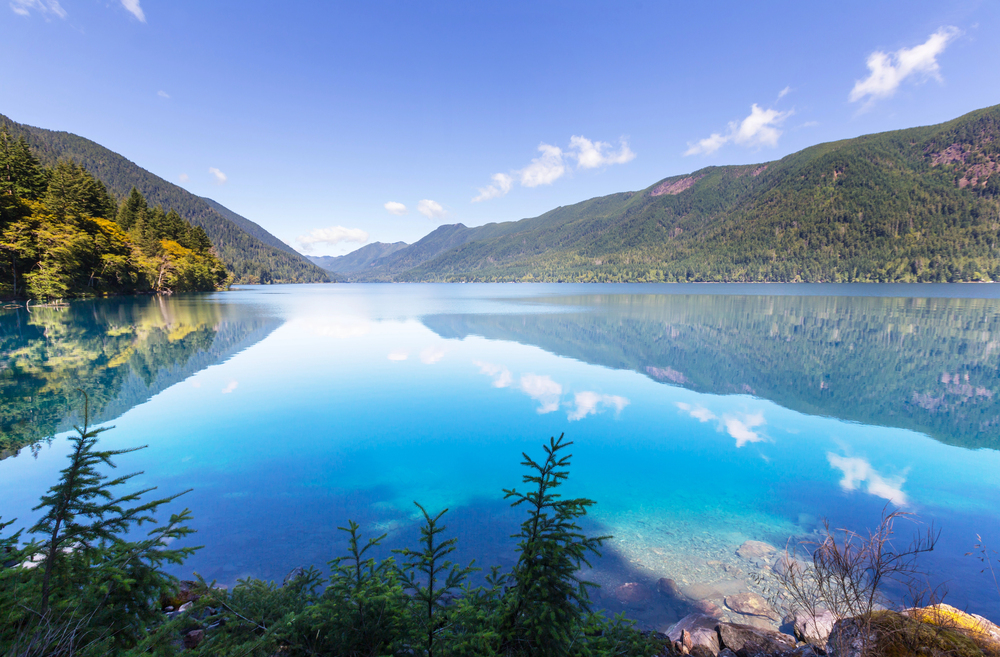
Historically, Olympic has been the least prone to wildfires due to its rainforest ecology, but over the years, fire activities have increased in the park. The 2015 Paradise Fire that burned in usually wet rainforests marked a tipping point, highlighting changing climate patterns.
The challenge is now the protection of its ecosystems amidst new fire risks in areas that were generally considered fire-resistant.
Grand Canyon National Park, Arizona
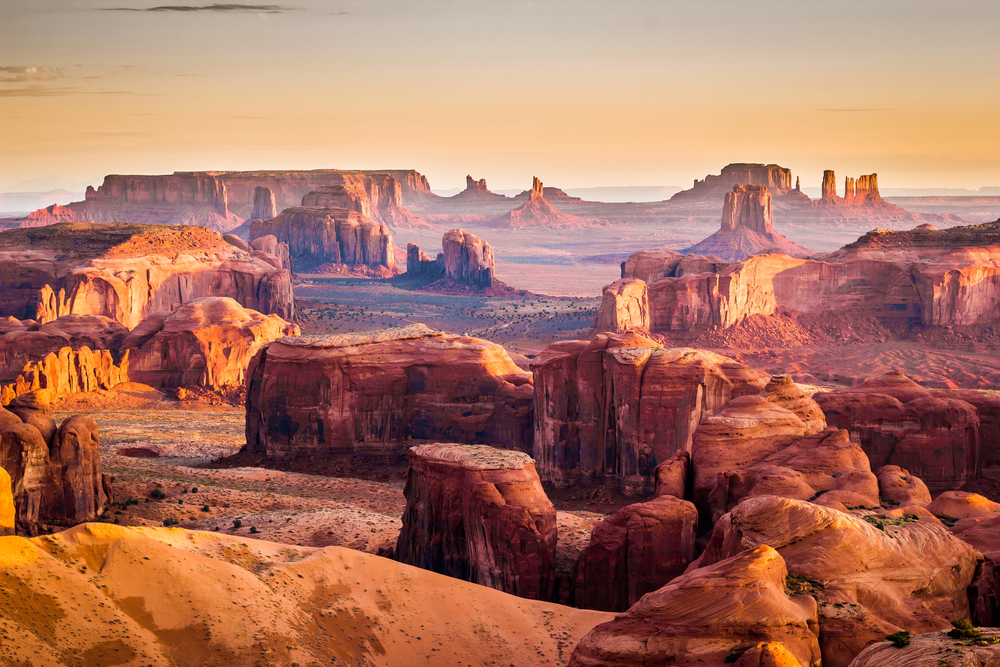
Grand Canyon-Several big ones, of course, most recently the Ikes Fire, in 2019, consumed more than 11,000 acres. From the deserts, scrabland across all types of vegetation in pine forest parks has taken on how they behave under burning.
Today, its managers operate fire management schemes appropriate for specific zones, and its varied landscape calls for something as varied to fight fires on both sides.
Denali National Park, Alaska
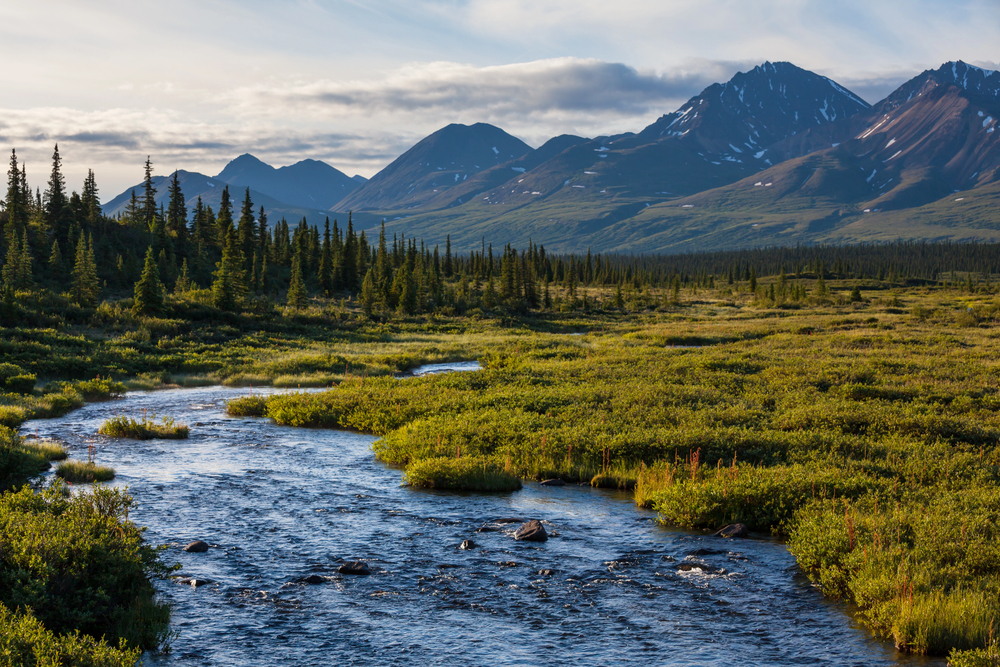
Climate change is projected to create a drier and more fire-prone climate in Alaska. Fire can impact wildlife habitat and permafrost stability within Denali. The park is an important venue for the study of how sub-arctic ecosystems are responding to an increasing frequency of fires.
Recent fires have provided the opportunity to examine how iconic species such as caribou and moose adapt to burned landscapes.
Like Travel Pug’s content? Follow us on MSN.
Great Smoky Mountains National Park, Tennessee/North Carolina
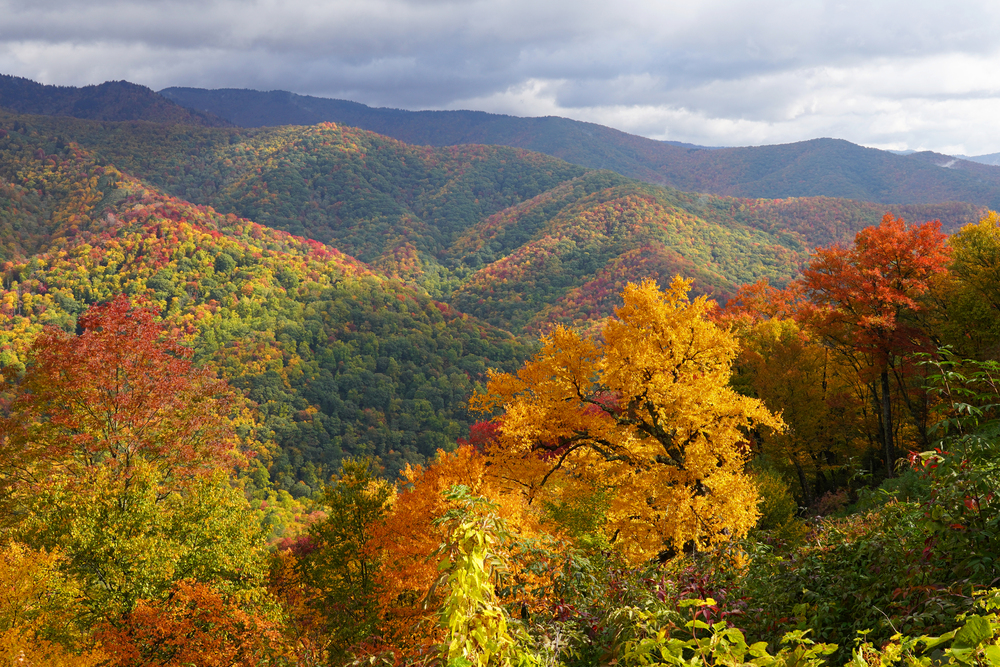
The 2016 Chimney Tops 2 Fire had a devastating impact on both natural areas and surrounding communities, burning almost 11,000 acres within the park. The event made park managers recalibrate fire management strategies in one of America’s most visited national parks.
The recovery process has gained much valuable information on forest regeneration in the southern Appalachians.
Rocky Mountain National Park, Colorado
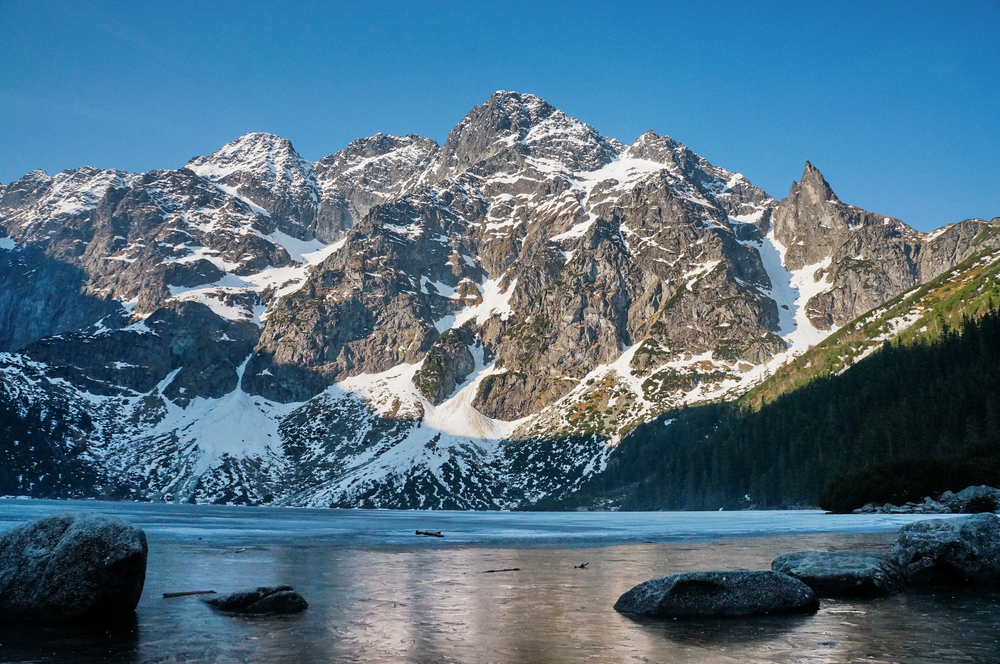
The 2020 East Troublesome Fire and Cameron Peak Fire greatly affected Rocky Mountain National Park, with about 30,000 acres impacted. These fires showed how extreme weather conditions can lead to unprecedented fire behavior at high elevations.
The park now faces the challenge of managing recovering ecosystems while preparing for future fire events.
Joshua Tree National Park, California
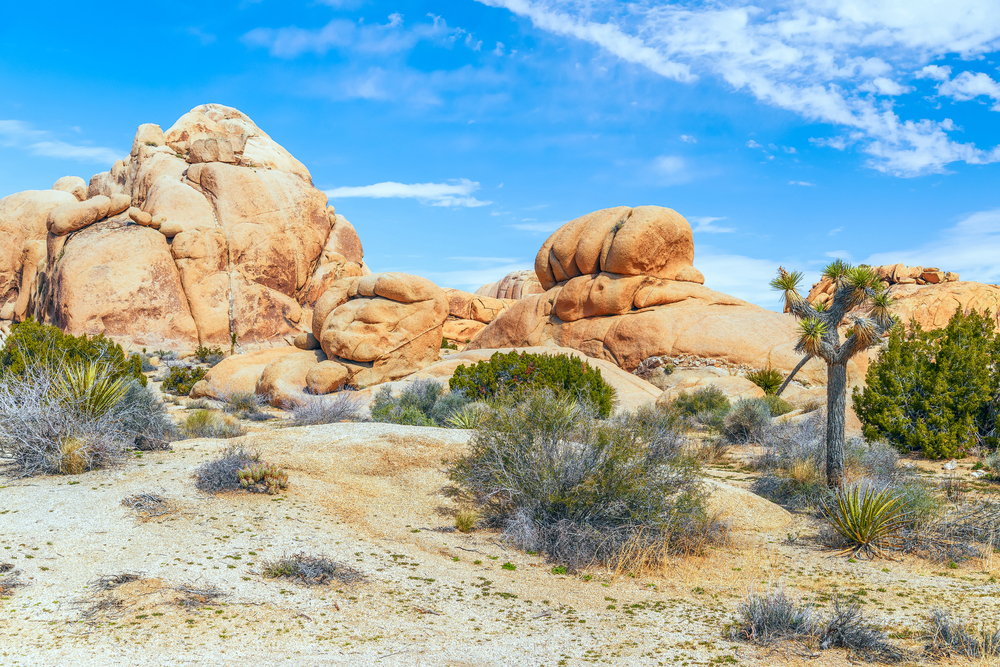
Climate change and invasive grasses have disrupted fire patterns in Joshua Tree, posing a threat to its namesake species, which evolved without frequent fires. Recent fires have highlighted the vulnerability of desert ecosystems to changing fire regimes.
Park scientists now work to understand how these iconic trees might survive in an increasingly fire-prone landscape.
Like Travel Pug’s content? Follow us on MSN.
Mount Rainier National Park, Washington
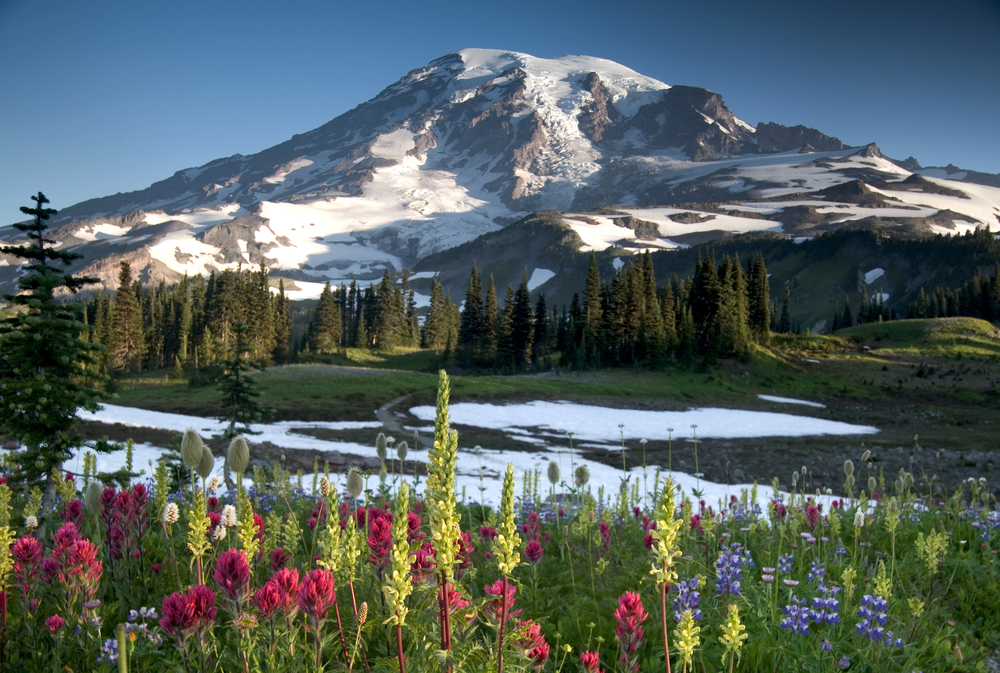
Though less common historically, in recent decades, Mount Rainier has been experiencing an increase in fires, particularly within its subalpine regions. Such fires have implications not only for the park’s glacial systems but also for neighboring forest ecosystems.
Researchers study how a changing fire regime might alter the park’s contribution to communities’ water supplies outside the park.
Saguaro National Park, Arizona
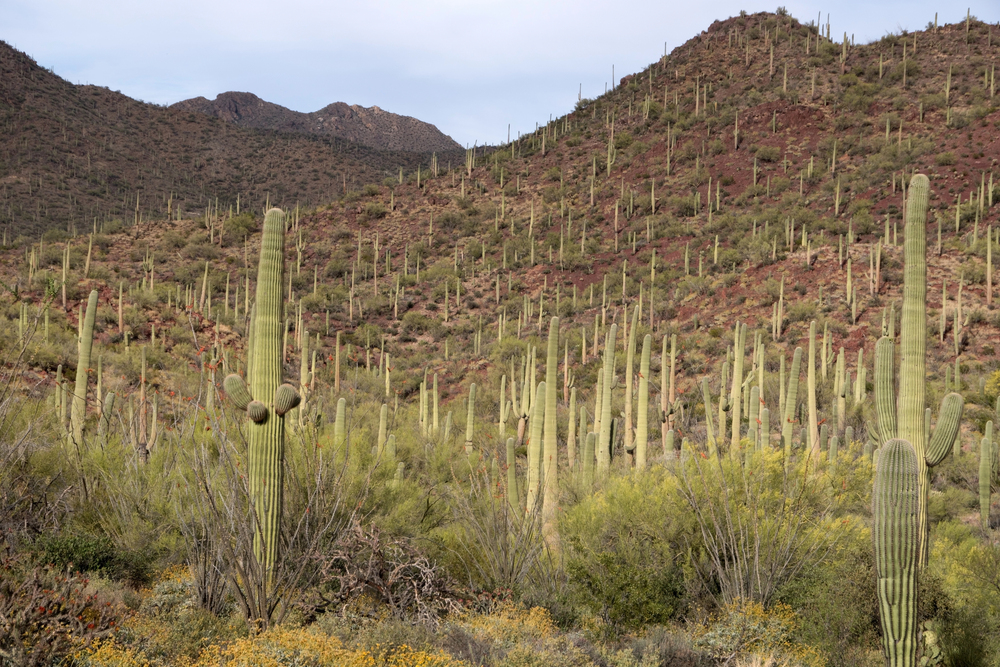
Saguaro’s unique Sonoran Desert ecosystem has new challenges with wildfires, fueled by invasive grasses, that threaten its iconic cacti. Recent fires revealed just how poorly these desert-adapted plants – evolved without frequent fire surveys in newly fire-prone landscapes.
Today, park managers work at controlling invasive species while protecting the vulnerable cactus populations.
Channel Islands National Park, California
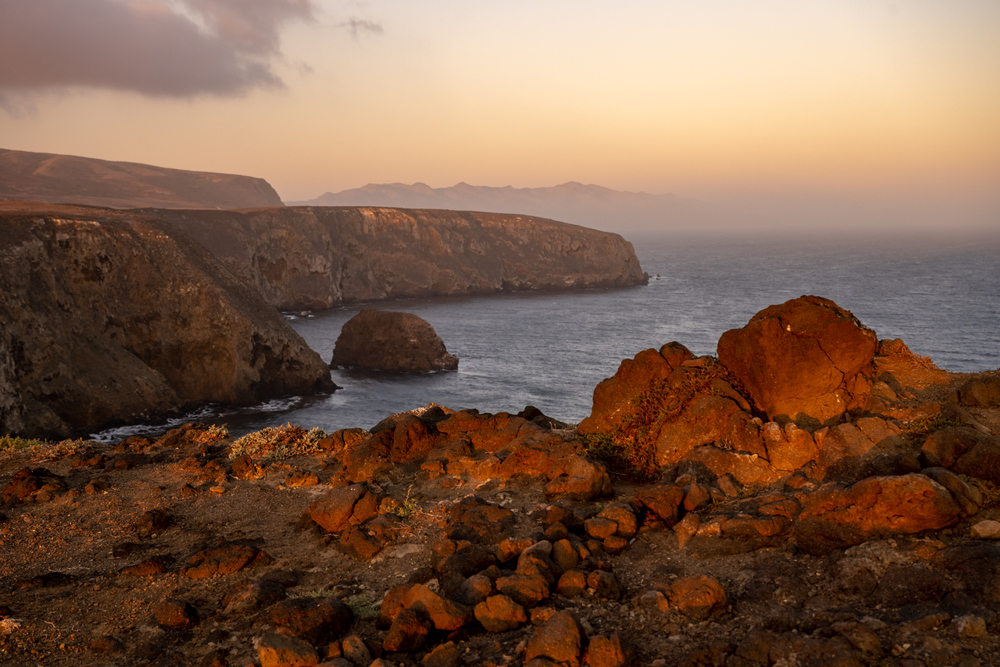
Though relatively isolated, the Channel Islands have not been immune to wildfire impacts, especially under periods of extreme fire weather. The fires have affected both native plant communities and archaeological sites.
The islands are living laboratories for understanding how isolated ecosystems respond and recover from fire events.
Like Travel Pug’s content? Follow us on MSN.
Zion National Park, Utah
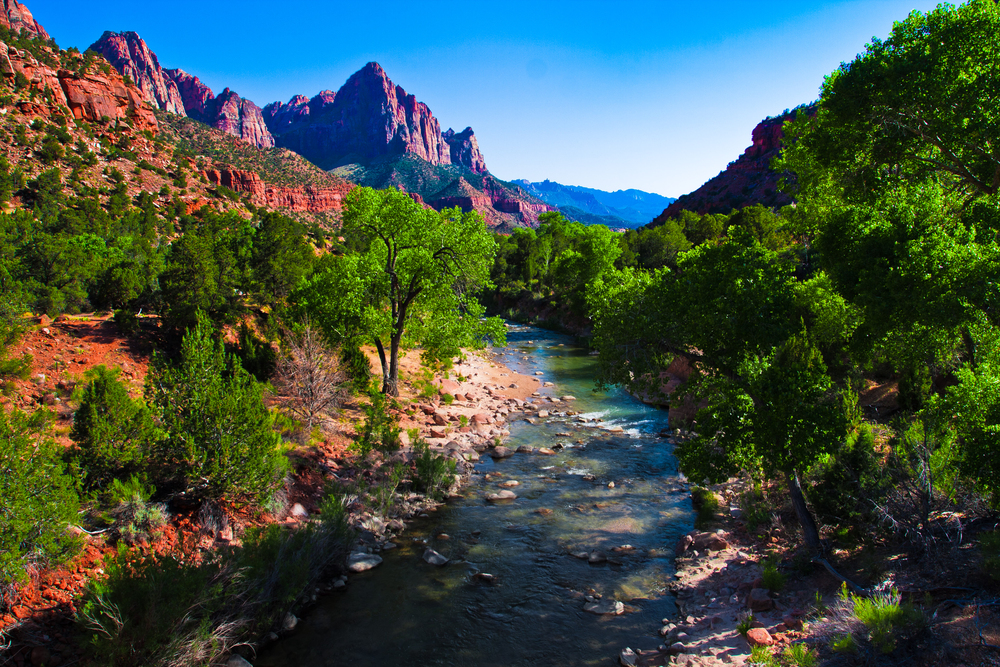
Dramatic landscapes in Zion have experienced several significant fires in recent years, affecting iconic sandstone features and surrounding vegetation. Events like these illustrate how fire behavior differs in canyon environments and the effects on archaeological resources.
Park managers now strive to balance natural fire processes with protecting sensitive cultural sites.
Adaptation and Resilience in National Parks
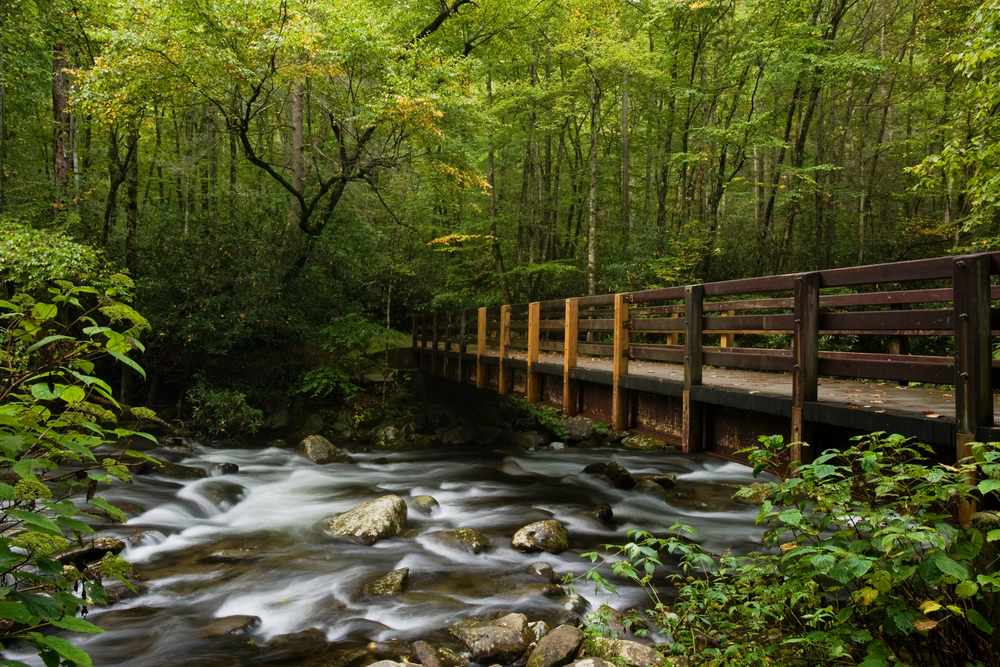
While the national parks are being increasingly affected by wildfires, they also provide important learning laboratories for ecosystem adaptation and resilience in the process. These living laboratories teach us valuable lessons not only on fire management but also on climate change and ecosystem recovery processes.
Whichever the future holds, these lessons will help navigate conservation efforts at these treasured landscapes for generations to come.
More from the TravelPug

- 15 Dangerous European Cities to Avoid
- 15 Caribbean Islands Where Tourists Keep Getting Scammed
- The 20 Most Fascinating Abandoned Places: A Journey Through Time and Forgotten Spaces
- 15 Hidden Places in the Smithsonian Museums Locals Love: A Guide to Lesser-Known Treasures
- 16 Hidden Florida Beach Towns That Aren’t Overrun with Tourists
Like Travel Pug’s content? Follow us on MSN.
